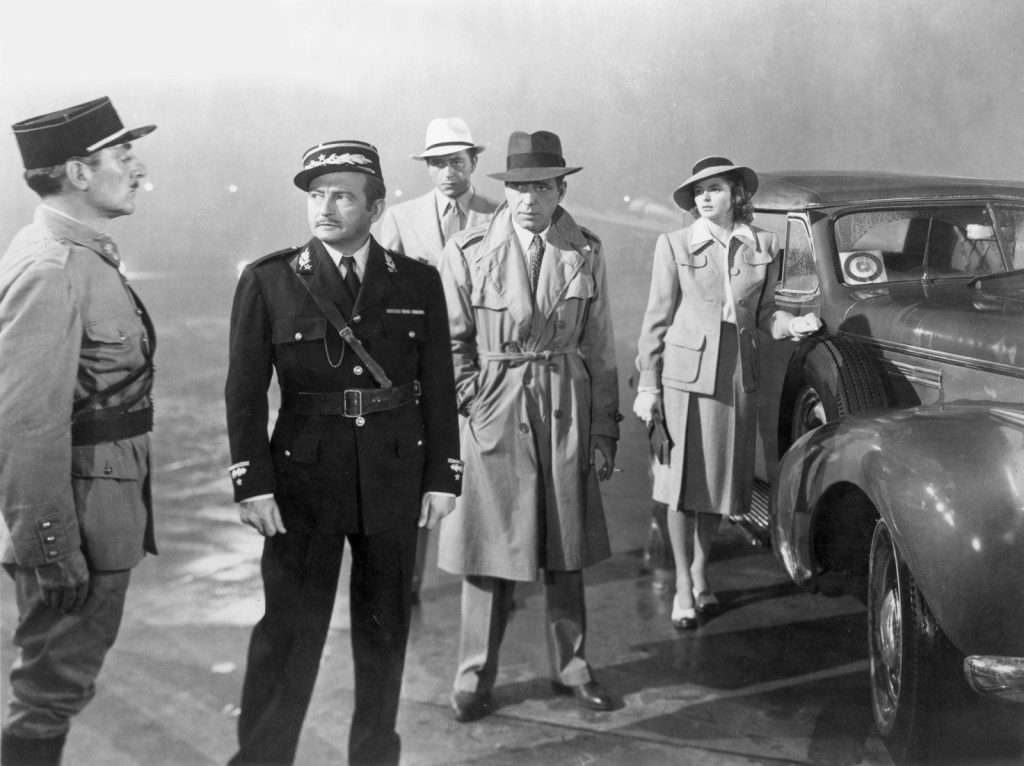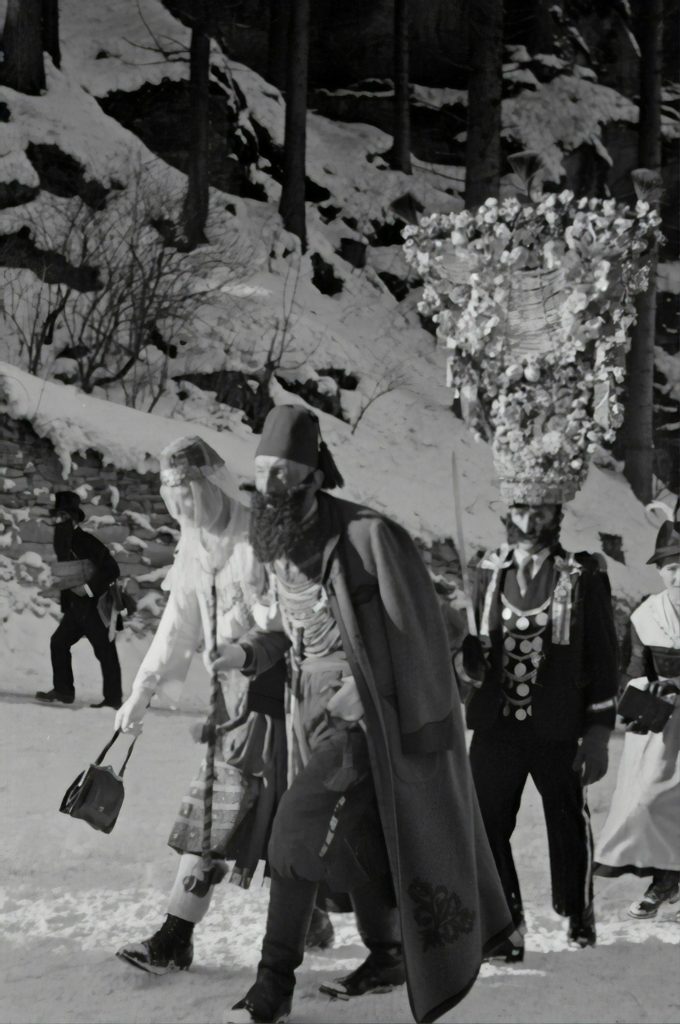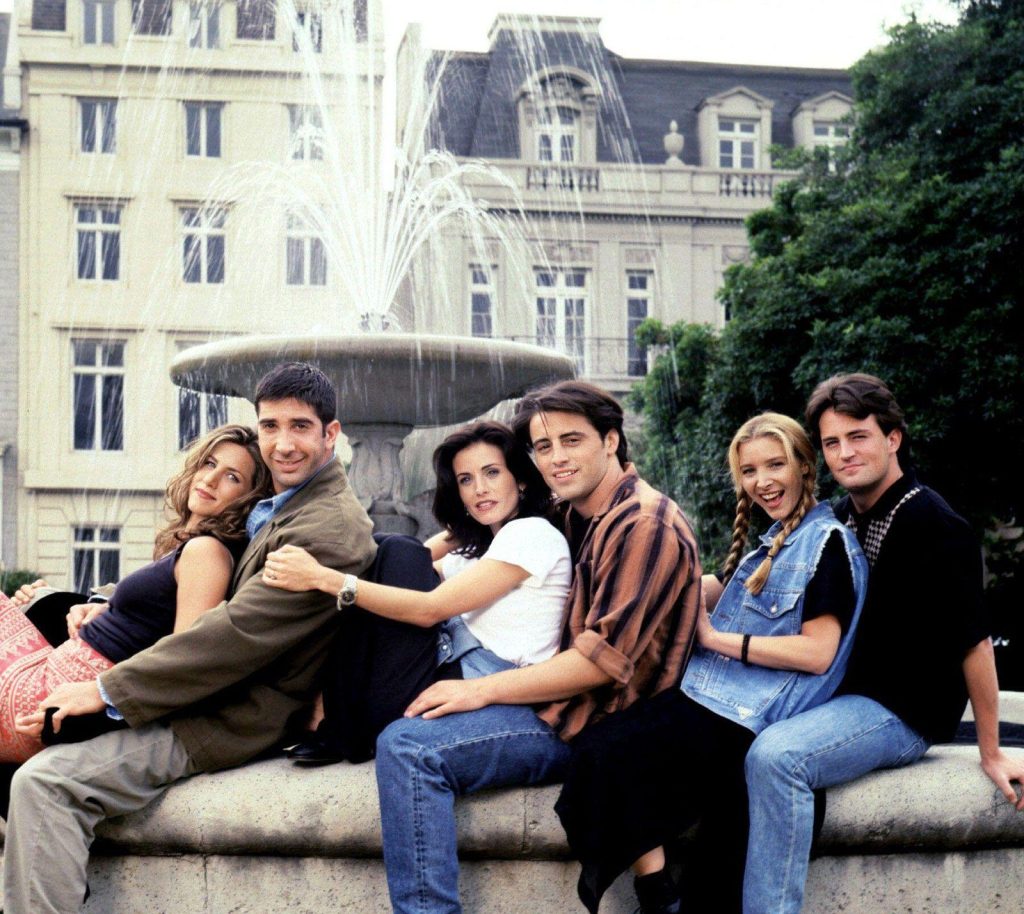In an era where screens glow with endless stories, and characters come alive in living rooms across the globe, the question arises: have we bid farewell to the Golden Age of TV shows? Just as the golden hues of autumn signal the end of summer, the current landscape of television seems to suggest a shift, prompting viewers and creators alike to ponder the state of this beloved medium. Once hailed as the pinnacle of storytelling, this era brought us narratives that rivaled the depth of classic literature and the spectacle of cinema. Yet, as streaming platforms multiply and viewing habits evolve, the television world stands at a crossroads. In this article, we delve into whether the sun has truly set on this luminous age or if a new dawn awaits on the horizon.
Rising Competition and the Streaming Surge
The television landscape has transformed dramatically, with an unprecedented surge in streaming platforms revolutionizing how we consume content. This shift has fostered a competitive environment where traditional networks and emerging platforms alike vie for audience attention. The once-dominant cable networks now share the stage with a myriad of digital services, each offering an enticing array of original programming.
While this competition might seem daunting, it has spurred a creative renaissance in storytelling. With more outlets available, creators are empowered to explore diverse narratives and experiment with unconventional formats. Consider these aspects of the streaming boom:
- Diverse Content: An explosion of genres and voices that cater to niche audiences.
- Global Reach: Content that transcends borders, bringing international stories to local screens.
- Innovative Formats: From short-form series to interactive storytelling, boundaries are being pushed.
As audiences revel in this abundance of choice, the industry is pushed to evolve, continuously redefining what the golden age of television truly means.
Quality vs Quantity: Navigating the Content Overload
In today’s era, the sheer volume of TV shows available can be overwhelming, raising the question of whether we’re experiencing a decline in quality amidst this abundance. While the vast array of choices seems like a boon, it often leads to a paradox where more isn’t always better. Audiences are inundated with new series, each vying for attention, which can dilute the impact and reduce the time spent on crafting truly memorable narratives.
- Focus on Depth: Shows with intricate storytelling and character development tend to resonate longer, creating a lasting impression.
- Quality Production: High production values can elevate a show, but they need to be paired with compelling content.
- Curated Content: Platforms that prioritize a curated selection often find a more engaged audience, seeking substance over mere availability.
In this saturated market, distinguishing between fleeting trends and enduring classics becomes crucial for both creators and viewers. The challenge lies in maintaining a balance where innovation thrives without sacrificing the essence that makes a show truly golden.

Audience Engagement in the Era of Choice
In a world overflowing with streaming platforms and content choices, capturing and maintaining audience attention has become an art form. Viewers today are empowered, no longer confined to rigid broadcast schedules. This era of choice has reshaped how audiences interact with television, demanding a more personalized and engaging experience. With an abundance of content available at their fingertips, audiences are selective, seeking out narratives that resonate with their unique preferences.
Successful TV shows in this landscape employ innovative strategies to foster engagement, such as:
- Interactive storytelling that allows viewers to influence plot outcomes.
- Multi-platform experiences that extend narratives beyond traditional screens.
- Social media integration to create communities and conversations around the content.
These methods not only captivate viewers but also create a sense of belonging and investment in the stories being told. As the industry evolves, the key to thriving in this era lies in understanding and adapting to the dynamic expectations of a diverse and discerning audience.

Revitalizing Storytelling: Embracing Innovation and Diversity
In an era where digital platforms are redefining the boundaries of entertainment, storytelling is undergoing a remarkable transformation. The evolution of TV shows is a testament to this shift, with creators embracing innovation and diversity like never before. Audiences today are no longer satisfied with predictable narratives and conventional tropes. They crave stories that challenge their perspectives and reflect the multifaceted world they inhabit. As a result, showrunners are exploring new genres, experimenting with non-linear storytelling, and incorporating cutting-edge technology to enhance the viewing experience.
- Increased Representation: There’s a growing demand for shows that feature diverse casts and explore underrepresented cultures, ensuring that a broader range of voices are heard.
- Interactive Storytelling: Some series are pushing boundaries by allowing viewers to influence the plot, creating a more immersive and personalized experience.
- Cross-Genre Experimentation: The blending of genres, such as sci-fi with historical drama or comedy with horror, is opening up new avenues for creative expression.
These innovations are breathing new life into the medium, suggesting that what some may perceive as the end of a golden era is actually the dawn of a more vibrant and inclusive age of storytelling. As the landscape continues to evolve, it challenges both creators and audiences to embrace the unexpected and find beauty in diversity.









